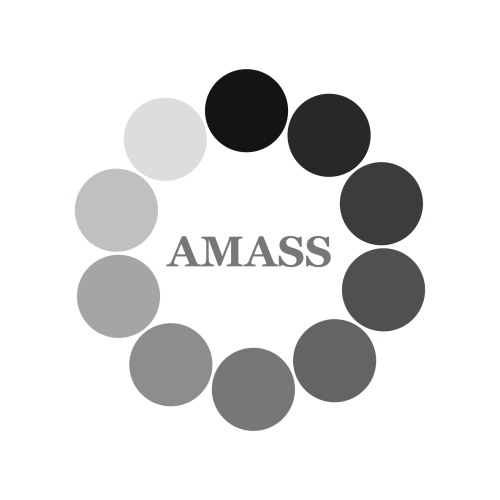This blog is about developing multidisciplinary project that can bring together artist, writers, academics & other who want to contribute. It's aim is to create a platform of expression for those who disagrees with existing image of squatting in media circulation, and by creative means want to influence change of it. In light of possible change in law by current government, positive public action is very much what's needed.
Thursday, 28 April 2011
Adam Patterson on Heygate Estate
The Heygate Estate is the high-water mark of a place doomed to fall. Once a sixties design of utopian excitement, this South London area of Elephant and Castle is facing regeneration once more. As the long-term residents of the towering estates are retired to peripheral housing, a hunt begins. An on-going battle between the Southwark Council closing up shop and multi-cultural squatters fighting London’s high cost of living.
The council employs a company of welders to seal up each individual apartment with sheet metal within 24 hours of them being emptied. They do this at great speed in an attempt to keep squatters of all descriptions from gaining access - many times they fail.
Demolition is scheduled to begin imminently, when these massive structures, once full of life, stories and routine will be washed away and forgotten. Basic legal rights mean a court order is required to evict the unwanted lodgers, and while council types grow increasingly frustrated, groups of friends form, reform and rejoice at the reality of another night of relative sanctuary.
These images are lifted from a corner of time I was able to share through the good grace of human exchange, with talk and reason and honest expression.
Visit Adam Patterson website:
http://www.adampatterson.net/portfolio/squatters/
Monday, 11 April 2011
AMASS: Towards an Economy of the Commons
Saturday, 16 April 2011, 2:00–5:00pm, Chisenhale
64 Chisenhale Road, London E3 5QZ
In the face of mass cuts to public services, emerging forms of governance rampantly colonizing intellectual resources in the digital domain, and new narratives of the Big Society in the UK, what does the commons mean for us today? How can we approach a new protocol for the commons under such circumstances? AMASS (derived from the verb, 'to amass') is an open platform for roundtable discussions exploring new models and practices for sustaining the commons today.
AMASS invites organisations, collectives and individuals working within the cultural sector and creative industries to contribute by presenting past experiences, present practices, and future ambitions concerning mutual aid, pooled knowledge, networked infrastructures and modes of self-organisation. These case studies can be drawn from personal experiences in various sectors, geographical locations both provincial and international, or through accounts of historical manifestations. Through these exchanges we wish to collectively investigate our strategies, successes, and failures, considering the obstacles and potentialities for the development of the commons. Following the event, all materials will be collated into an open online archive, which will serve as a generative research database for future endeavours.
http://amateuristnetwork.files.wordpress.com/2011/04/amassfacebook.jpg?w=500&h=500
Thursday, 7 April 2011
squatting from Brazilian perspective
The Brazilian photographer Julio Bittencourt & his homage to the inhabitants of the tower 911 Prestes Maia in São Paulo: largest squat in the world until eviction of the residents in 2006.
Read the story on:
http://www.guardian.co.uk/artanddesign/2009/feb/07/prestes-maia-bittencourt-squat-brazil
how art can change it ...
Tom Hunter's most famous image is of a young woman by a window, reading a letter. It is called 'Woman reading a Possession Order' and comes from a series titled Persons Unknown. At the time, he was himself living in a squat and the woman was his next-door neighbour. He was trying to make an image that expressly contradicted the politically inspired propaganda of the time, which depicted squatters as inherently antisocial troublemakers.
One morning, letters arrived from the local council, addressed to “persons unknown”, telling them they were being evicted. Remarkably, his photograph attracted so much attention that the planned demolition of the houses they were occupying never went ahead...
Read full story:
http://tomhunter.org/html/news.php
That's exactly what this project is about.
One morning, letters arrived from the local council, addressed to “persons unknown”, telling them they were being evicted. Remarkably, his photograph attracted so much attention that the planned demolition of the houses they were occupying never went ahead...
Read full story:
http://tomhunter.org/html/news.php
That's exactly what this project is about.
Subscribe to:
Comments (Atom)



